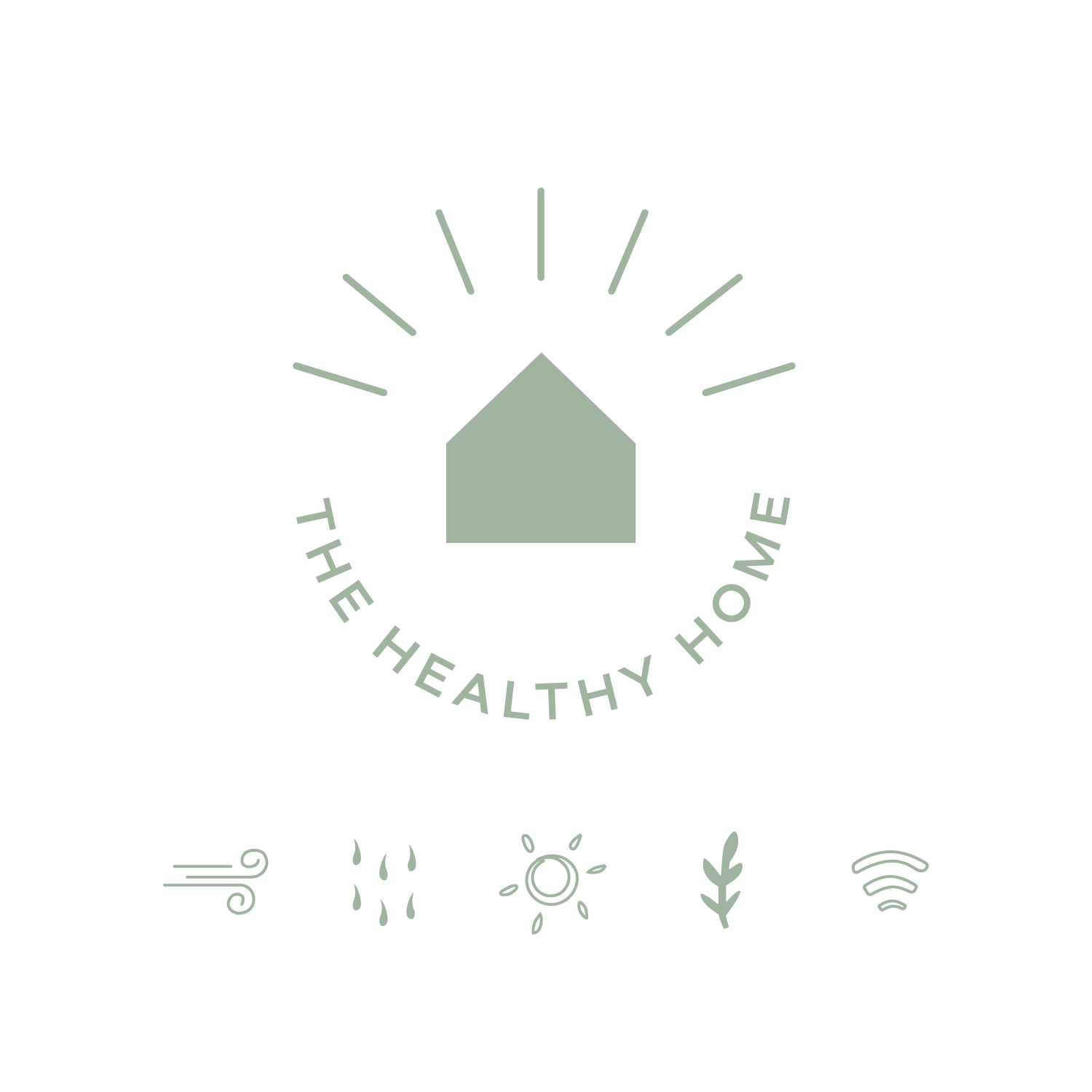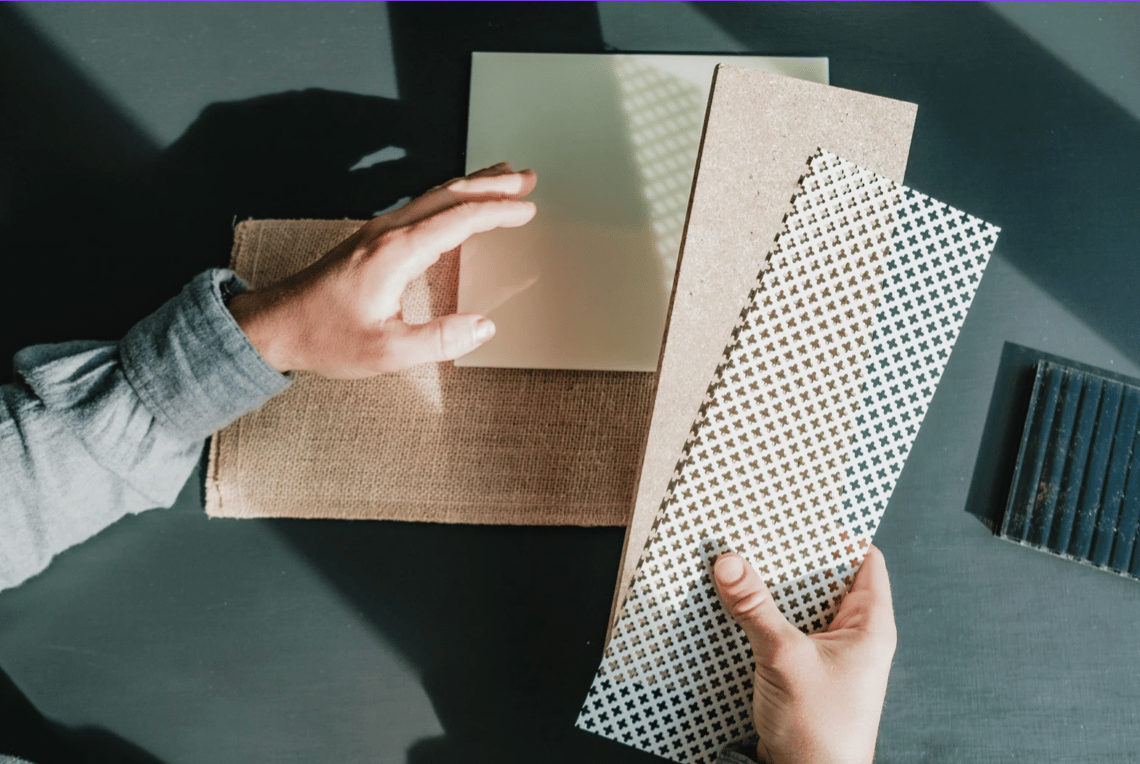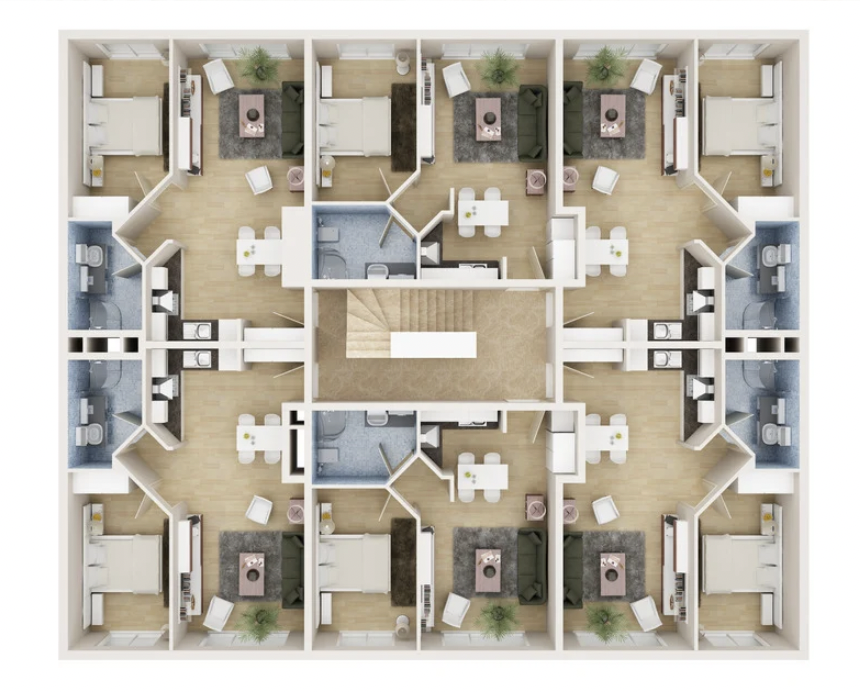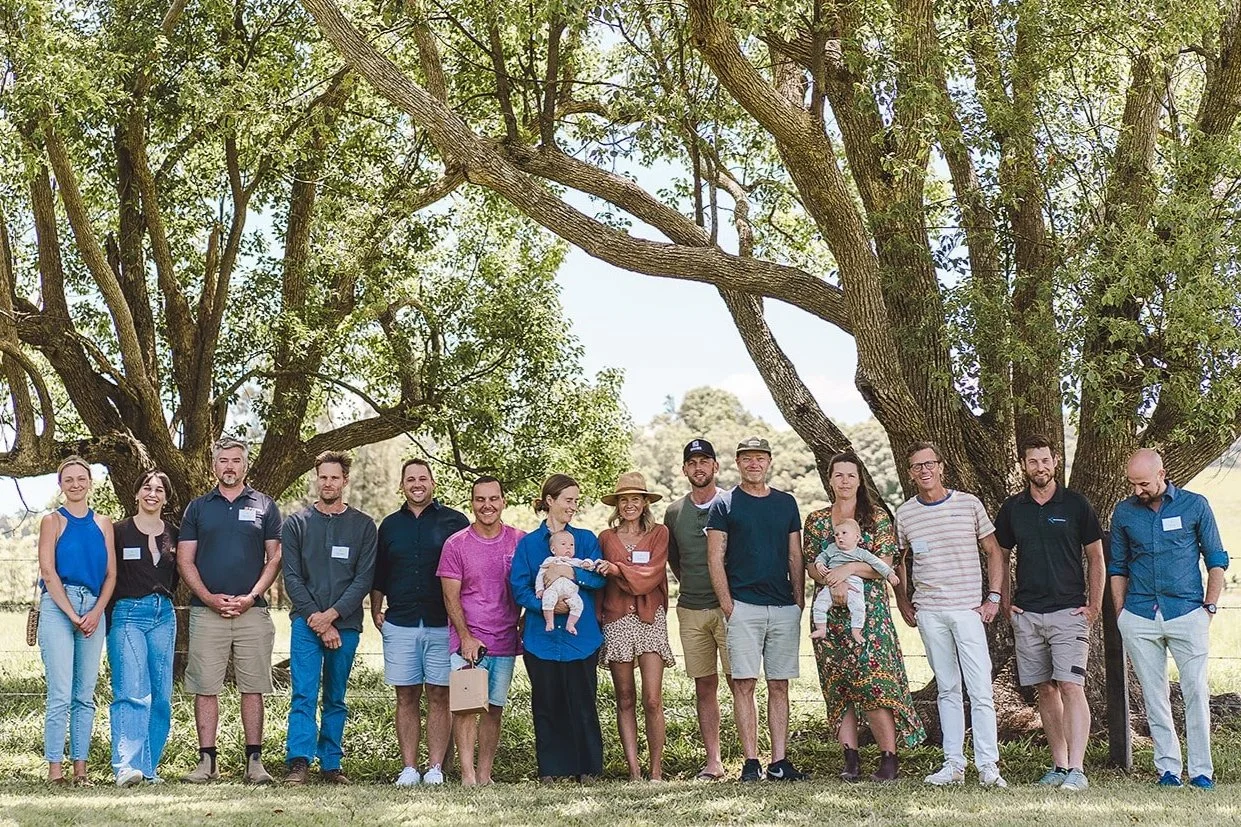Why balance matters
more than perfection
in healthy building material selection
As human beings, we crave certainty. Our minds love to categorise things as good or bad, black or white. I’ve found this to be especially true when it comes to creating healthier homes.
When we care deeply about creating spaces that nurture us, it’s easy to feel strongly about what we would, or wouldn’t, choose. I certainly have.
But having helped leading builders, designers, and homeowners in Australia, New Zealand, and the US, take steps towards healthier building material selection since 2020, I’ve learned something important:
There are almost always grey areas. We need to create space for nuance.
Most projects involve trade-offs.
What works for one family might not work for another.
A “less-than-ideal” choice from a health perspective doesn’t mean someone is getting it wrong
This is why I’ve always reinforced this message with my clients: Balance over perfection.
Because I’ve seen how the pressure to get every choice “right” can create stress and anxiety, which could arguably be worse for a person’s health than the potential health impact of the material. Our emotional wellbeing is inextricably linked to our immune system and how our body responds to our environment.
It’s a perspective that resonates deeply. Budgets vary. So do: health concerns, risk profiles, climate zones, site conditions, environmental health hazards, and access to materials.
There are so often grey areas when it comes to material selection too. These decisions come with nuance, and grey areas. What feels right for one family may not be right for another.
It feels truly empowering when we’re able to guide clients with compassion and informed context, allowing them to make a choice that feels right for them, without judgement.
Choosing a “less healthy” material doesn’t mean they’re doing it wrong.
An important distinction
Of course, if someone has extreme mould, chemical, or EMF sensitivity, it becomes absolutely essential to get material choices, and other environmental health factors, exactly right. In those cases, compromises aren’t an option. Every layer of design and construction needs to be tailored accordingly.
Material selection is important, but it’s not everything
In fact, I’ve seen many people hyper-focus on material selection and miss critical elements like:
Designing a weather-tight building envelope
Ensuring site drainage prevents water ingress
Selecting pitched roofs and generous eaves to protect walls and divert water from foundations
Prioritising floor plan, orientation, and natural ventilation
Ensuring the foundation system suits the site conditions (e.g. stumps on sloped land to reduce rising damp)
Reducing EMF exposure
I think of good design as the first line of defence when it comes to creating a healthy home. And that can be an empowering message for homeowners. These decisions are often lower cost, higher impact, and accessible on most projects.
What creates lasting impact
Lately, I’ve been speaking with my Building Biology peers about how powerful it feels to guide clients toward decisions that feel right for them, not based on absolutes, but on relevant, real-world information.
A client was considering a project close to power lines. This is something I feel quite strongly about. But instead of flat-out saying, “don’t do it,” we went through a process, looking at all the steps needed to reduce the risk of harm.
After reviewing options and weighing the risks, they decided it wasn’t worth it. I wholeheartedly agreed, but I loved that it was a conclusion they came to, based on full understanding.
Helping others know what to think about, and what questions to ask, rather than telling them what to do: that’s where I believe we can have the most impact.
There’s more than one way to build a healthier home. And we need to lead this movement in a way that honours that.
Want to explore this further?
If creating healthier homes is a priority in your work, here are two ways you can deepen your knowledge:
👉 Take the Healthy Building Materials IQ Scorecard – a simple way to identify your current strengths and opportunities for growth.
👉 Explore the Healthy Building Materials Mastermind – our signature program that deep dives into:
The health and environmental impacts of building materials through the lenses of Building Biology and Building Science.
Mould and electroclimate risks
Indoor air quality and thermal performance
Construction-stage practices to reduce mould risks and improve indoor air quality (exceeding NCC 2022 condensation management requirements).
Health-focused considerations not addressed in current industry standards.
Whatever path you take, remember this: every project is an opportunity to do better, even if it doesn’t tick every box.
Zara D’Cotta is a Building Biology New Build Consultant, Electromagnetic Radiation Specialist in-training, Keynote Speaker and Founder of The Healthy Home.
With a clear vision to make health-focused building the new standard, she’s been empowering award-winning, time-strapped building, architects, and designers, to lead the movement towards healthier building practices since 2021.
Her programs are grounded in a decade of lived experience with environmental sensitivities, internationally recognised certification from the Building Biology Institute (USA), extensive research, and collaboration with builders, designers, and leading experts in environmental health and building science, bridging the gap between research and real-world application.
Her flagship programs equip leading professionals with the tools to elevate construction practices, reduce health risks, and future-proof their work.
Read more about Zara here and listen to podcast’s Zara has been featured on here.







